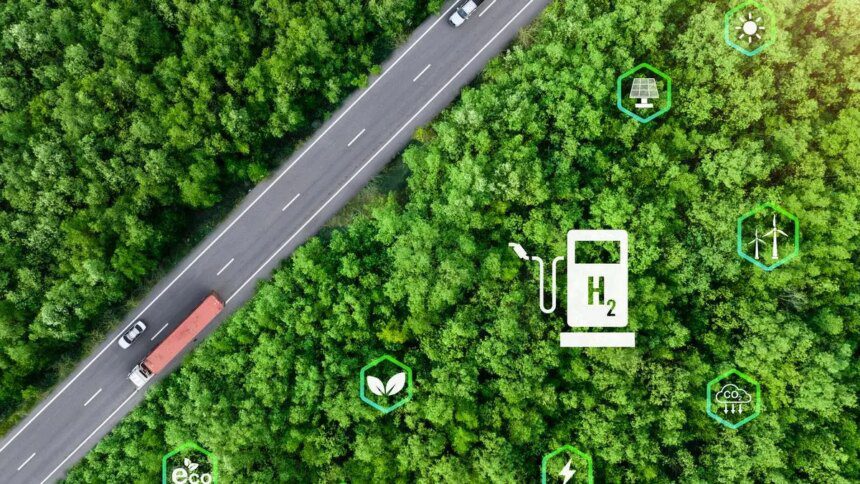India is projected to achieve only 13 percent of its ‘5 mtpa by 2030’ target outlined in the National Green Hydrogen Mission without refinery offtake, according to the Indian Hydrogen Alliance (IH2A). The organization estimates that if refineries adopt an ‘aggregated procurement’ model similar to SECI-style tenders, an additional demand for 350,000 tonnes of green hydrogen could be realized. Nonetheless, even in this scenario, the country may only meet 20 percent of its target, translating to approximately 1 mtpa.
Amrit Singh Deo, Secretariat Lead, and Upendra Tripathy, Honorary Global Advisor for IH2A, indicated that the Alliance plans to advocate for the Ministry of Petroleum and Natural Gas to encourage refineries to issue aggregated tenders for green hydrogen.
Green Ammonia
The Alliance reports that India currently has six operating or soon-to-be-commissioned green hydrogen plants with a combined capacity of 10,000 tonnes per year, facilitated by 70 MW of electrolyser capacity. Following 13 SECI tenders for green ammonia and several private sector initiatives, approximately 637,400 tonnes per annum (tpa) of green hydrogen capacity is anticipated to come online in the next three years, backed by 1,485 MW of electrolysers.
According to IH2A, the contracts for the 13 SECI green ammonia initiatives are projected to require an investment of $4.38 billion and yield 770 MW of electrolyser capacity. Data compiled by businessline indicates that producing a tonne of ammonia necessitates 180 kg of hydrogen. The contracted prices for green ammonia range from ₹49.75 per kg (the lowest price, attributed to IFFCO’s Paradeep project) to ₹64.74 per kg (recorded by Indorama’s Haldia project). With the government providing a subsidy of ₹50 per kg of green hydrogen, the price of green hydrogen thus fluctuates between $2.90 and $3.25 per kg, depending on the assumed percentage of hydrogen cost relative to ammonia cost.
Deo and Tripathy further expressed that the Alliance believes it is essential for the government to implement a ‘green hydrogen purchase obligation,’ similar to the ‘renewable energy purchase obligation’ (RPO) established earlier. Tripathy noted that RPO significantly contributed to the initial expansion of renewable energy, particularly when wind and solar technologies faced high costs.
Published on September 29, 2025.










